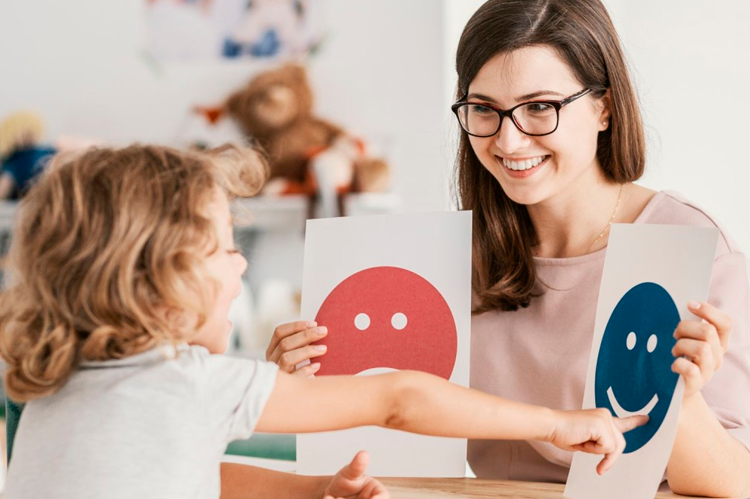Creativity and innovation are essential skills in the 21st century. In an increasingly complex and ever-changing world, students need to develop the ability to think critically and creatively to solve problems and face challenges. In this article, we’ll explore how to foster creativity and innovation in the classroom.
¿Why Are Creativity and Innovation Important in Education?
Creativity and innovation are vital skills for success in both personal and professional life. Some of the key benefits of promoting creativity and innovation in the classroom include:
- Development of Critical Skills: Creativity and innovation help students build critical skills such as problem-solving, critical thinking, and collaboration.
- Preparation for the Future: These skills are essential for the future workforce, enabling students to adapt to new challenges and opportunities.
- Increased Motivation: Creativity and innovation can boost students’ motivation and engagement in the learning process.
Strategies to Foster Creativity and Innovation in the Classroom
Here are some strategies to encourage creativity and innovation among students:
- Encourage Curiosity: Motivate students to ask questions and explore topics that interest them.
- Provide Opportunities for Experimentation: Give students the chance to experiment and test new ideas.
- Promote Collaboration: Collaboration helps students develop social skills and generate innovative ideas.
- Offer Constructive Feedback: Constructive feedback can help students refine their ideas and strengthen their creativity.
- Incorporate Technology: Technology can be a powerful tool to foster creativity and innovation in the classroom.
Activities to Encourage Creativity and Innovation
Here are a few activities that can help promote creativity and innovation in educational settings:
- Design Projects: Design-based projects allow students to develop problem-solving and creative thinking skills.
- Role-Playing Games: Role-playing helps students enhance social skills and generate innovative ideas.
- Brainstorming Sessions: Brainstorming is an effective way to generate new ideas and encourage creative thinking.
- Research Projects: Research projects help students build investigation skills and produce innovative ideas.
Conclusion
Creativity and innovation are fundamental skills in the 21st century. By fostering these qualities in the classroom, we can help students develop critical skills and prepare for the future. Incorporating strategies and activities that promote creativity and innovation creates a more engaging and effective learning environment for students.
